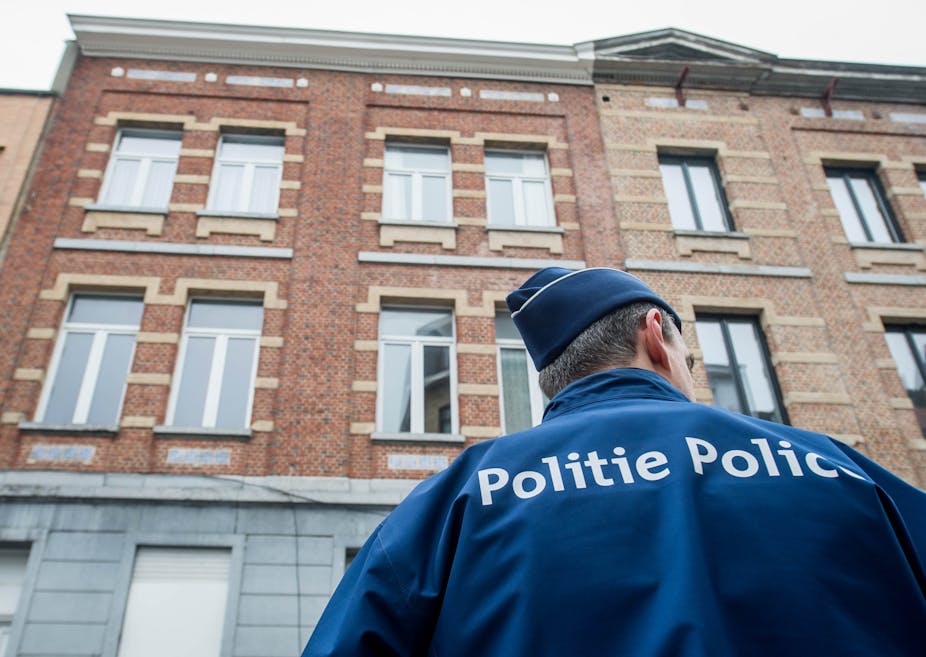In the aftermath of the explosions at the airport and in the metro station in Brussels on the morning of March 22, 2016, the search for the bomb-making factory became increasingly urgent. Someone who knew what they were doing provided the explosives for this attack.
The suicide belts used at Stade de France and elsewhere during the Paris attacks in November were made with the “Mother of Satan”, TATP (triacetone triperoxide). It is very unstable and made from ingredients found in the cosmetics area of most chemists’ shops. It is difficult to detect by the normal procedures developed for nitrate based explosives, such as sniffer dogs.
It was invented in 1895, and reappeared in the 1980s, used by West Bank Palestinian groups. It is easy to detonate but as likely to damage the user as the target, so some expertise is required to amalgamate the ingredients into an explosive. It can deteriorate quite quickly, so a bomb-making factory or factories needs to be within reasonable range of the point of delivery.
The ingredients cost very little to purchase and, as long as purchases are made at a number of different shops, would be unlikely to be noticed by the shopkeepers concerned.
Self sufficient
Local cells, whether they are groups owing allegiance to al-Qaeda or to so-called Islamic State can rely on self-funding, which is mostly carried out via local petty criminal activities such as drug dealing and ATM fraud. The bar in the Molenbeek area of Brussels owned by one of the Abdesalam brothers allegedly involved in the Paris attacks in November was suspected by the police of being a place where drugs were sold.
The beauty of recruiting petty criminals to an organisation such as Islamic State is that they know people who know people who can move or launder money. Money for terrorist activities is moved in the same way as profits for other criminal activities – via suitcases full of cash, small volume, high-value commodities such as drugs and precious stones, and all the pieces of paper such as shares and bonds that can be exchanged.
Hawala banking and money exchange bureaus have been alleged in newspaper reports to have been involved in funding the Paris attacks.
What happens at borders
The trouble is, controlling every land border crossing in Europe is more or less impossible because of the sheer volume of traffic. From my own research interviewing border guards in Eastern Europe in the early 1990s, I learned that at an external land border, if the police spend longer than 45 seconds checking a vehicle, a queue of more than five kilometres develops.
Businesses will resist such measures, despite the terror threat, because they don’t want to return to a situation where a lorry driving from Spain to Netherlands loses two hours on the French border, two hours at the Belgian border and two hours on the Dutch border.

Controls at internal European borders are supposed to have been replaced by offender profiling and offence profiling. There should be a mixture of random checks and profiled checks. But for that to happen, there has to be sharing of intelligence between countries. In addition, smuggling has to happen again and again before a pattern becomes noticeable.
Although borders don’t exist for criminals, terrorists and businesses, they still do for police – and there are still conflicts between different countries’ police forces. Nevertheless, the majority of terrorist activities no longer require cross-border activity. They are locally sourced and financed – and this is what makes them more difficult to detect.

